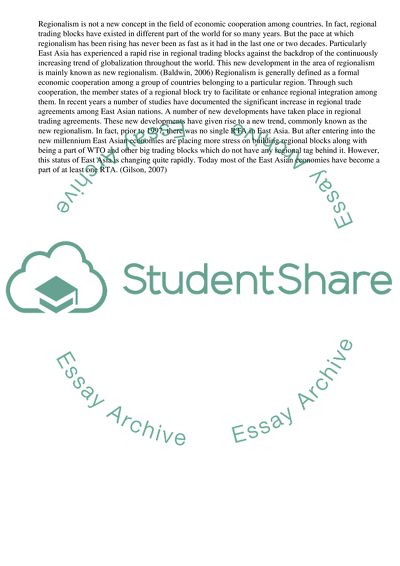Cite this document
(East Asian Economic Cooperation Dissertation Example | Topics and Well Written Essays - 4000 words, n.d.)
East Asian Economic Cooperation Dissertation Example | Topics and Well Written Essays - 4000 words. Retrieved from https://studentshare.org/business/1726442-the-political-implications-of-east-asian-ftas
East Asian Economic Cooperation Dissertation Example | Topics and Well Written Essays - 4000 words. Retrieved from https://studentshare.org/business/1726442-the-political-implications-of-east-asian-ftas
(East Asian Economic Cooperation Dissertation Example | Topics and Well Written Essays - 4000 Words)
East Asian Economic Cooperation Dissertation Example | Topics and Well Written Essays - 4000 Words. https://studentshare.org/business/1726442-the-political-implications-of-east-asian-ftas.
East Asian Economic Cooperation Dissertation Example | Topics and Well Written Essays - 4000 Words. https://studentshare.org/business/1726442-the-political-implications-of-east-asian-ftas.
“East Asian Economic Cooperation Dissertation Example | Topics and Well Written Essays - 4000 Words”, n.d. https://studentshare.org/business/1726442-the-political-implications-of-east-asian-ftas.


